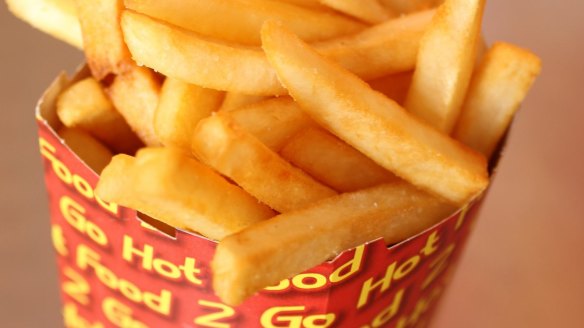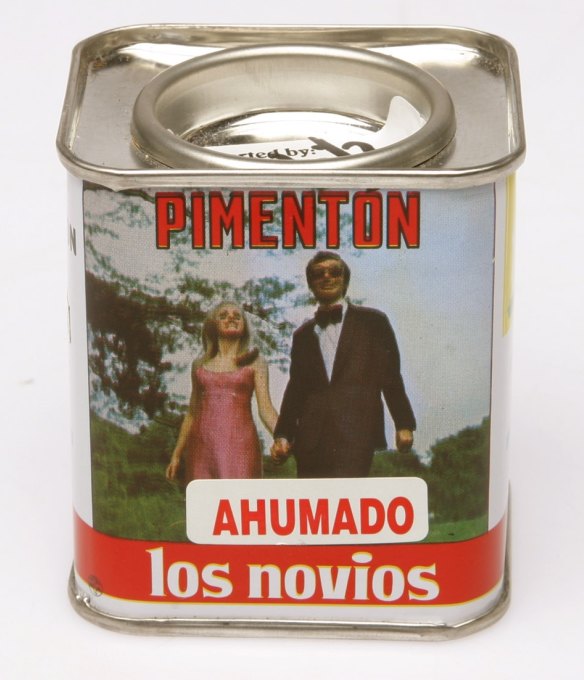Is there actually any chicken in chicken salt?

Is there chicken in chicken salt? N. Prentice
There is no chicken in chicken salt. Nil. Niente. There is a ship-load of salt but no chicken. There can be paprika, onion, citric acid, garlic, rice flour, pepper, celery seeds and something called "chicken flavour". This is generally made from hydrolysed vegetable protein. Also known as HVP, this is made with vegetable protein, often soy beans squeezed of their oil, then boiled in vats of hydrochloric acid. During this time the protein is broken into its constituent amino acids. At this stage it is acidic enough to burn your mouth, so the HVP is neutralised with sodium hydroxide. One of the amino acids is glutamic acid. Its sodium salt is called monosodium glutamate or MSG. While they both taste delicious, to most they are not one and the same. I feel this question really should be, "Why is there such a thing as chicken salt?" The answer is that modern food, including chicken, has no bloody flavour so needs to be artificially flavoured!
How do I stop a skin forming on my custard after I cook it? D. Chang

Did you know there is a name for the skin that forms on top of liquid dairy products? It is called "lactoderm". This occurs when milk is heated and the proteins denature and coagulate with the fat. When exposed to the air this layer hardens and thickens as the water evaporates and the mixture cools. Milk skin is used in different culinary traditions as a wrapper, dessert and even a topping for bread. With custards, you can stop the skin from forming by making a cartouche, a little baking paper "hat" that is cut a little larger than the mouth of the saucepan. The cartouche is laid directly on top of the custard, gravy, sauce or mashed potato and will not only stop a skin from forming but keep the contents of the pot hot.
What is the difference between Spanish paprikas? B. Fraser
I love Spanish paprika. It is such a wonderful ingredient and the packaging is always entertaining. Who else but the Spanish would decorate a food product with a 1960s image of newlyweds? This is a reference, of course, to Los Novios brand, which comes from sunny Murcia, where the bulk of Spanish paprika, or pimenton, comes from. Sun-dried, it is bright and sharp and really good for finishing dishes. Most companies make a sweet (dulce), bittersweet (agridulce) and sometimes a hot (picante) paprika. In the damper areas of Extremadura in the west of Spain, peppers are smoked over oak fires to dry them out. Marketed under the "de la Vera" D.O.P. brands like La Dalia and La Chinata, they carry that unmistakeable smoky flavour and are best used in making smallgoods and when cooking braises. As attractive and quirky as the tins are, they should not be out on display in a hot kitchen as this ages the aroma of the paprika quickly. Like all spices they like to be stored in a cool, dry place.
Send your vexing culinary conundrums to brainfood@richardcornish.com.au or tweet to @Realbrainfood.
Appears in these collections
Restaurant reviews, news and the hottest openings served to your inbox.
Sign up- More:
- Restaurant news
